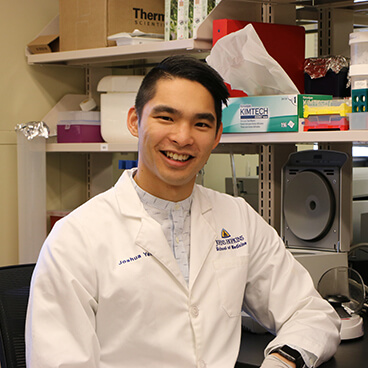125 Years of Innovation | Johns Hopkins School of Medicine

Since the late 19th century, our community of physicians, researchers, alumni and students has helped us build a premier learning institution that rewards hard work, inquiry and collaboration. After 125 years, the Johns Hopkins University School of Medicine continues to set the standard of excellence in patient care, research and education in the United States and beyond. #HopkinsMed125
Living the Hopkins Mission Honorees
Meet 125 current faculty members, fellows, postdocs, staff members and students who personify Johns Hopkins Medicine’s mission to improve the health of the community and the world. Our 125 Living the Hopkins Mission Honorees were nominated by their peers as part of the celebration of the 125th anniversary of the Johns Hopkins University School of Medicine. This effort aims to acknowledge members of our school of medicine community who serve as a shining example of our core values through their work.
-
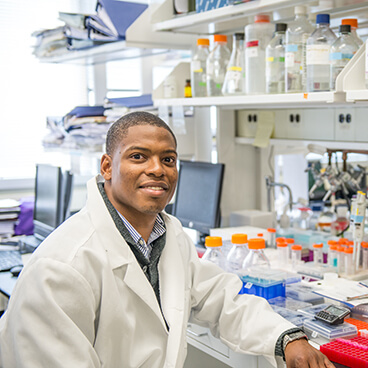
-
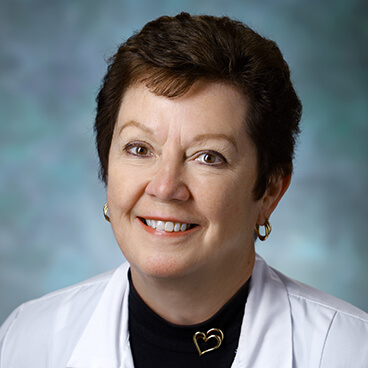
-
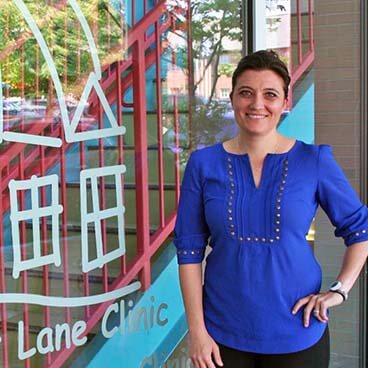
Megan Tschudy
Assistant Medical Director, Harriet Lane Clinic Assistant Professor of Pediatrics
-
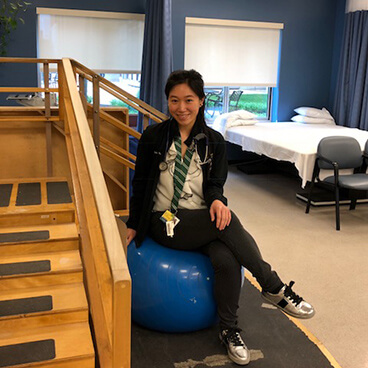
Stephanie Van
Resident/House Staff PGY3 Department of Physical Medicine and Rehabilitation
-
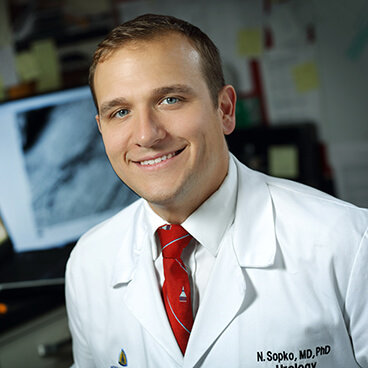
Stephen Wegener
Director, Rehabilitation Psychology and Neuropsychology, Department of Physical Medicine and Rehabilitation Professor of Physical Medicine and Rehabilitation
-
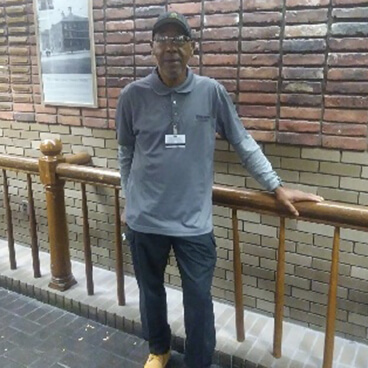
-
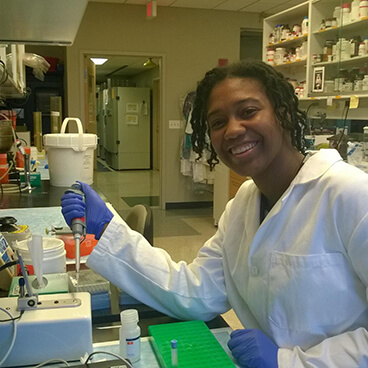
-
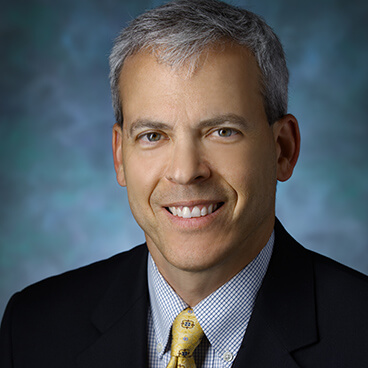
-
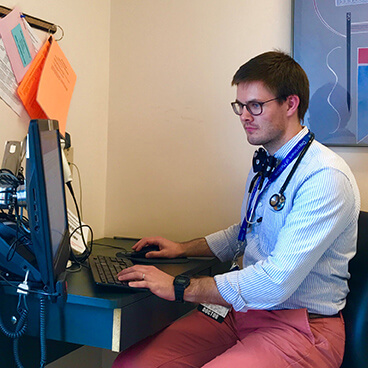
-
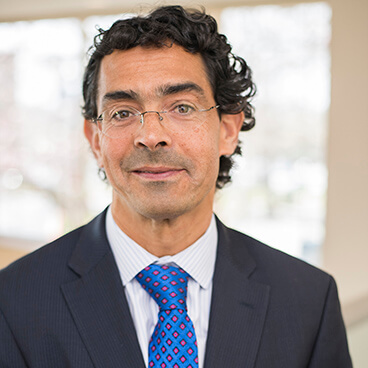
-
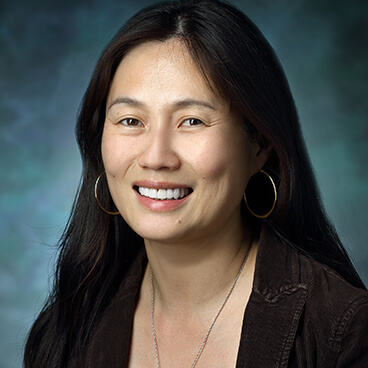
-
